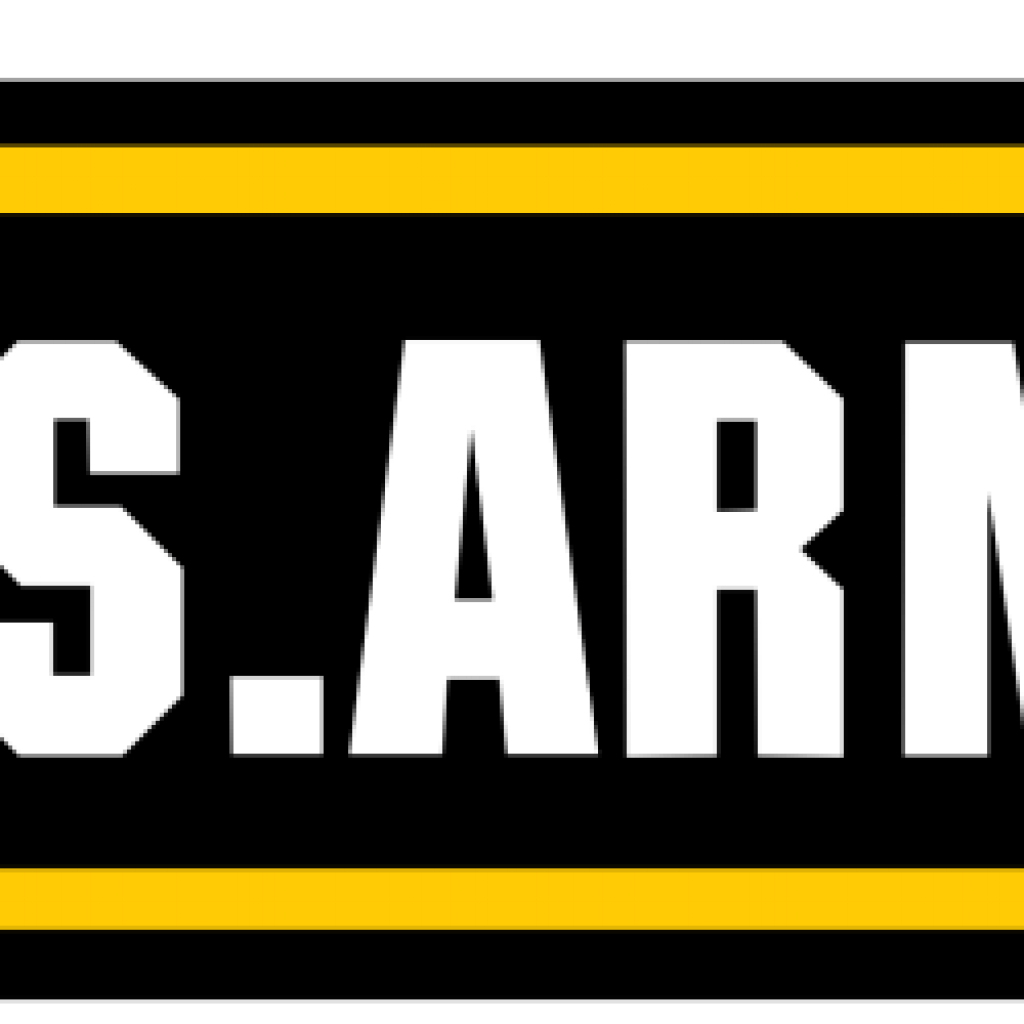(c4isr.net) The U.S. Army Research Lab made important progress in 2020 on projects that will have major implications for war fighter communications and networking in the future. This article discusses five projects with quantum the first to be discussed:
A step toward an ‘unhackable’ quantum network:
A quantum device developed by Army scientists this year allows large amounts of information to be stored as holographic patterns, an important step toward building a quantum network.
The scientists were able to trap millions of rubidium atoms in laser beams and cool them near absolute zero, allowing for the quantum bits to be stored as patterns or images.
Kevin Cox, a scientist at the Army Research Lab who worked on the project, said that the device created could have significant ramifications for secure communications. “Due to their fundamental nature, quantum bits of information cannot be copied or duplicated. For this reason, high-speed quantum communication networks may allow data transmissions that are impossible to eavesdrop on,” Cox said.
The device, researchers have said, is an important step toward the development of a quantum repeater, a device that could transport quantum information over long distances. One hasn’t yet been built successfully. The development is one step toward deliver
Other research concepts are building off the success of the quantum device, in areas such as atomic RF sensors, magnetic sensors and atomic clocks, Cox said. Large-scale quantum networks on a national or global scale are decades off, he noted. In the next five years, the Army Research Lab plans to develop an in-house testbed for a quantum networking device to discover war fighter capabilities in a controlled environment. From there, the team work with researchers at University of Maryland to investigate metropolitan scale quantum networks and “understand and overcome technological challenges associated with long-distance quantum networking,” Cox said.
